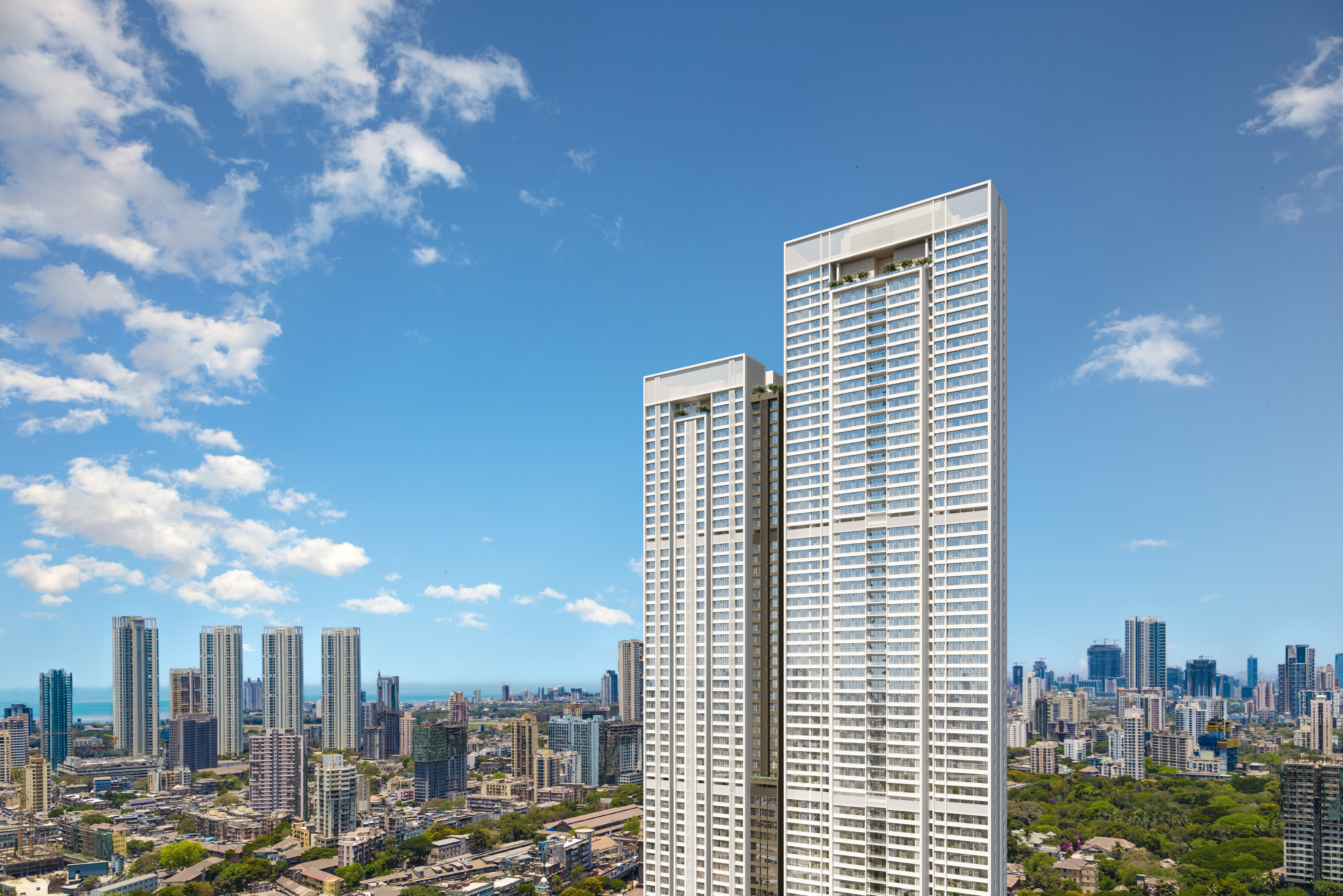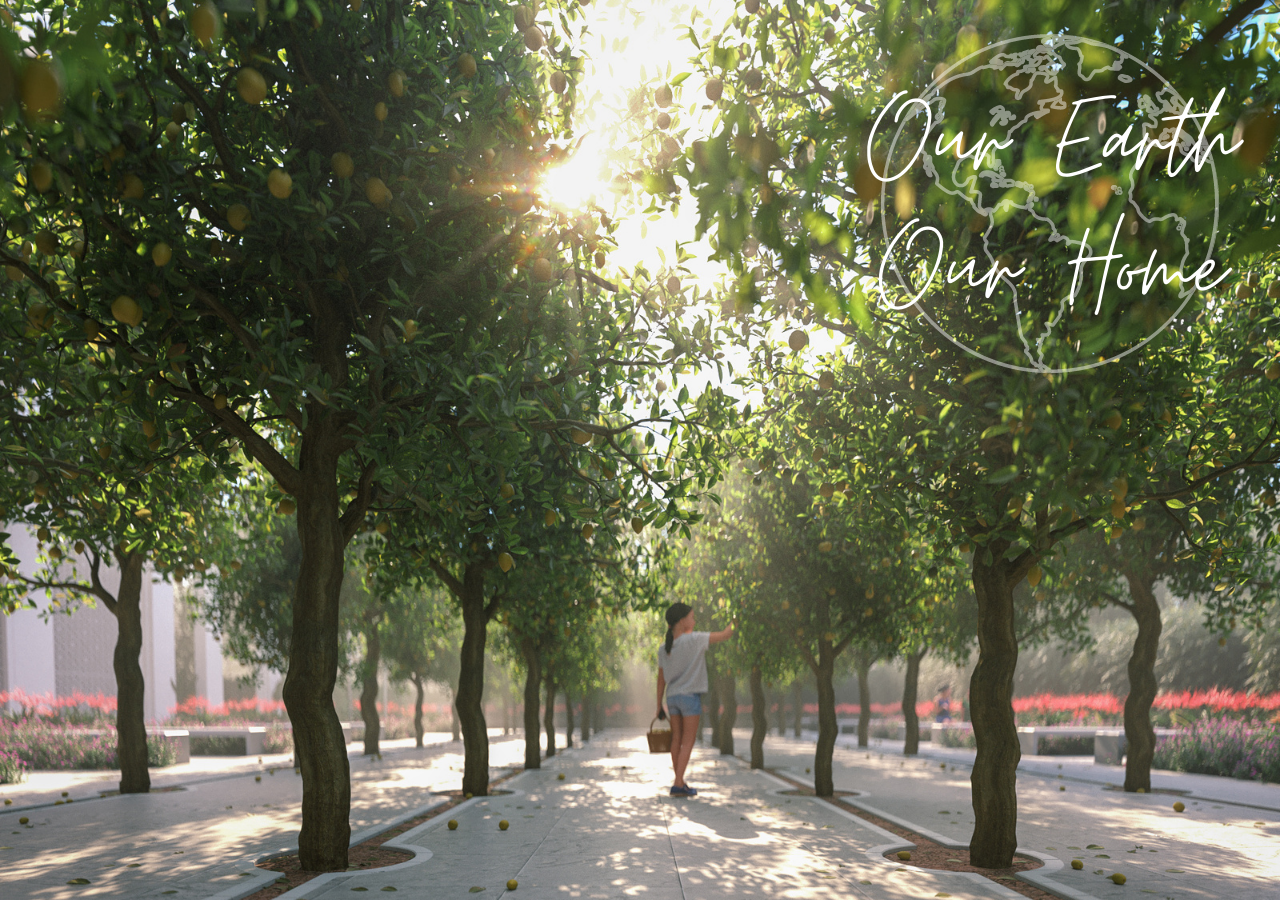The certification, awarded by the World Bank’s International Finance Corporation (IFC), is granted to building designs that project energy savings of up to 45 per cent, water savings up to 50 per cent, and embodied energy savings in the range of 21-32 per cent, compared to conventional approaches.
Located in the South of Mumbai, India’s largest city, the Aga Hall Estate has evolved over 150 years to include a community housing initiative and the Prince Aly Khan Hospital, with centres of excellence in oncology, cardiology, and diagnostics.
Aga Hall 2

A transformative redevelopment is being planned for the Aga Hall Estate to offer 373 apartments of an international standard, incorporating energy efficient and environmentally sensitive features designed for multi-generational living.
As a modern expression of urban, community living, the owners of the site aim for the development to improve the quality of life of residents with community spaces and green spaces for social and cultural interactions as well as green and inclusive design.
Altaz Sundrani, a lifelong resident of Aga Hall Estate looks forward to enjoying the new development and facilities. “Aga Hall Estate has been my home since childhood,” he said. “I was born here. My parents were always at ease. As kids, the Estate provided a safe environment in which to grow up.”
“I am very excited about the new development, especially with all the attention being given to common areas, safety, and comfort, as well as to landscape and to minute details. With new school and hospital facilities, the Estate will certainly set a benchmark in this part of the city.”
The Aga Hall design applies AKDN’s Green Building Guidelines to incorporate eco-friendly building materials and increased water and energy efficiency while reducing waste and emissions.
Recognising that 85 per cent of the direct greenhouse gas emissions from AKDN’s operations come from buildings such as hospitals, schools, offices, community centres, and university campuses, reducing emissions from buildings is critical to achieving AKDN’s net-zero carbon by 2030 target.
To enable this, AKDN developed a set of Green Building Guidelines, which set out the minimum environmental requirements for new and existing buildings and outline measures to reduce energy, water and material use adapted to AKDN’s operating contexts.
The Aga Khan Agency for Habitat (AKAH) is partnering with IFC to accelerate wider adoption of green building practices. AKAH and IFC are also collaborating in pursuit of their shared aspirations to move the construction industry on to a lower-carbon, more resource-efficient path.
“AKAH and the AKDN are proud to advance solutions for decarbonising the built environment in India and beyond,” said Onno Ruhl, General Manager of AKAH.
“Some estimates suggest that more than half of the India of 2040 is yet to be built,” he continued. “Better and greener homes and buildings are essential to how we combat climate change in ways that tangibly improve peoples’ lives today and protect our habitat for generations to come.”








